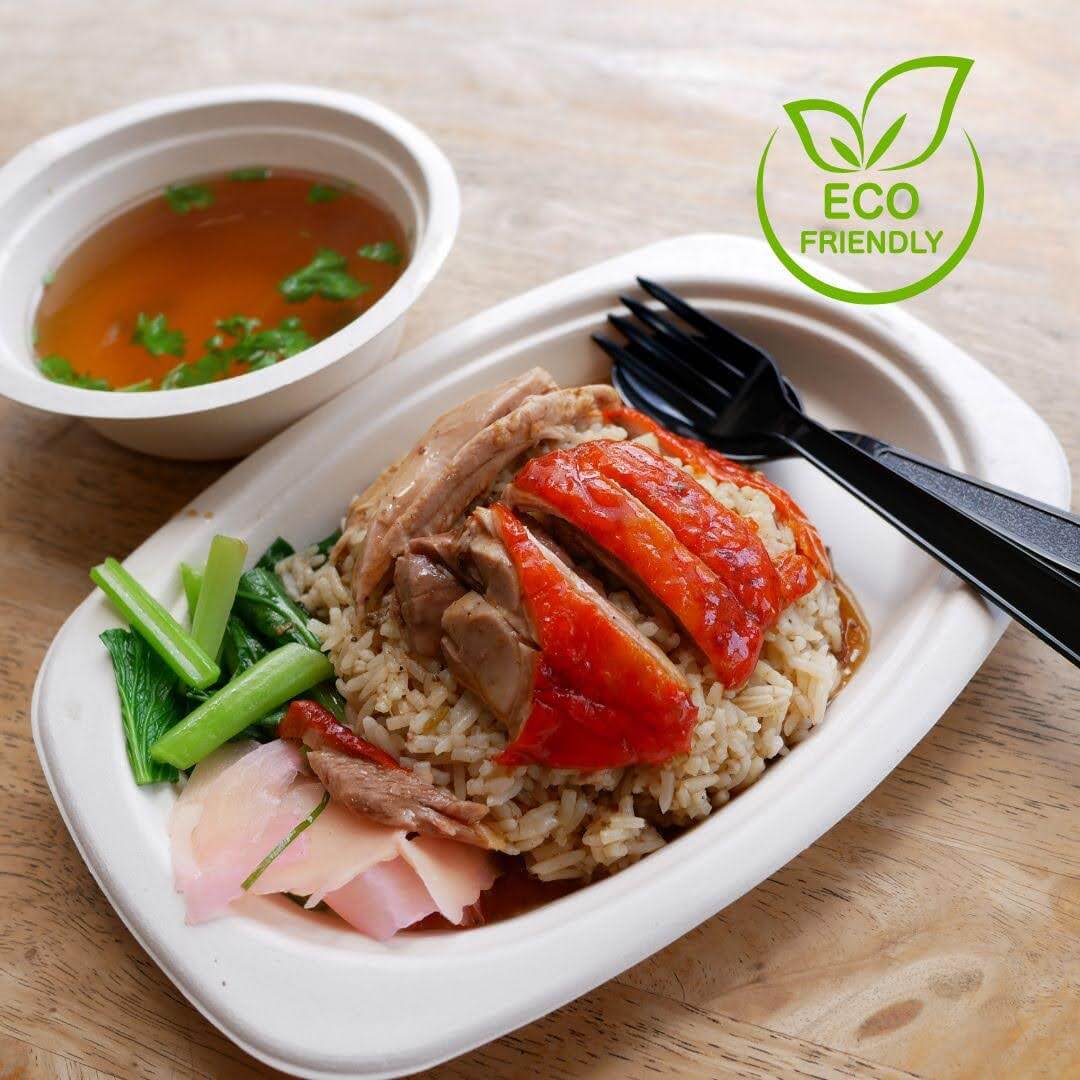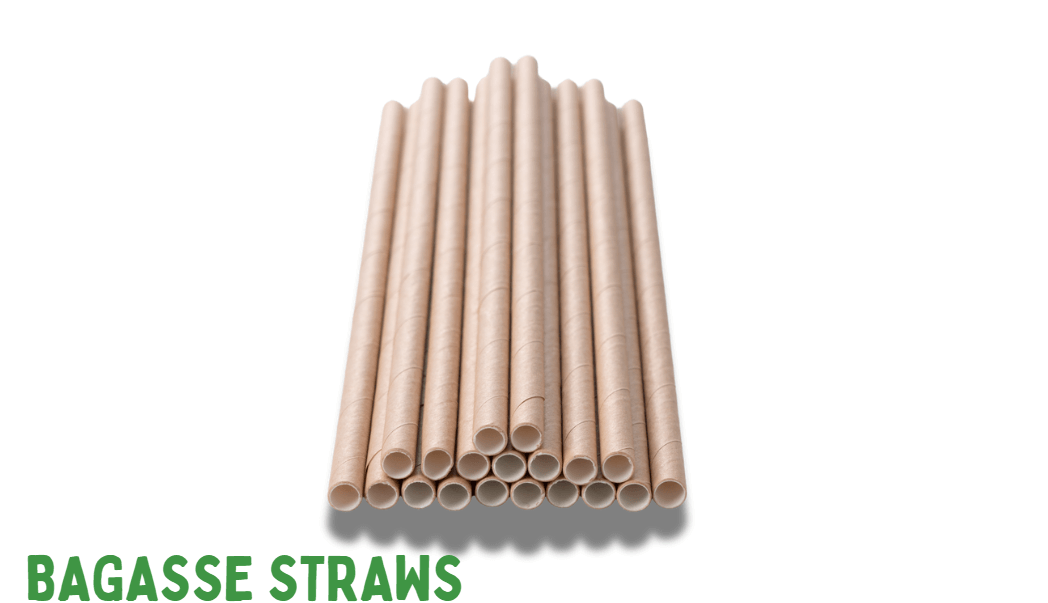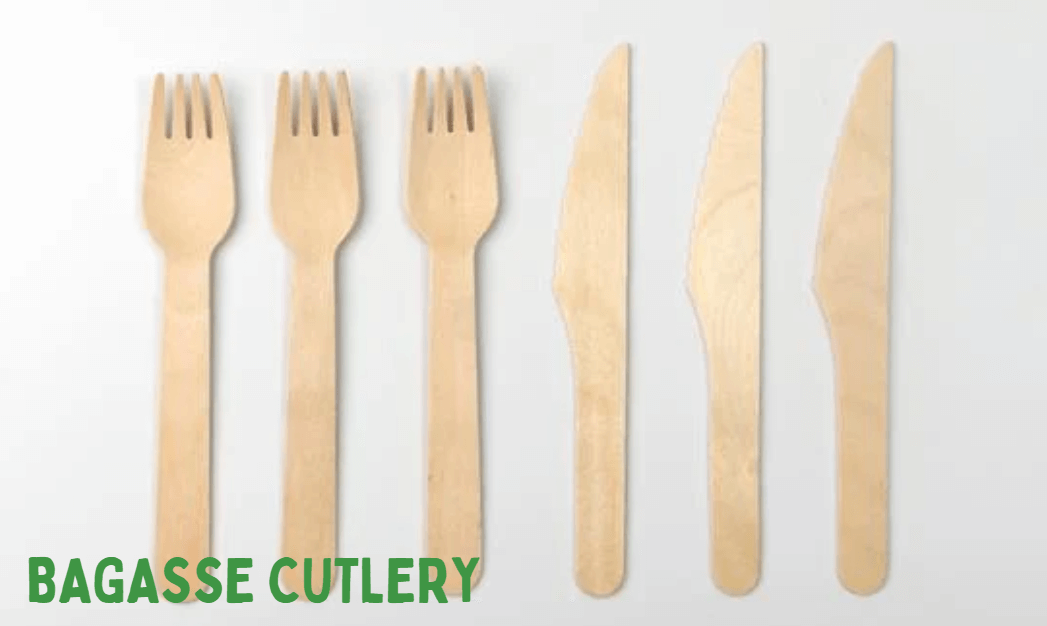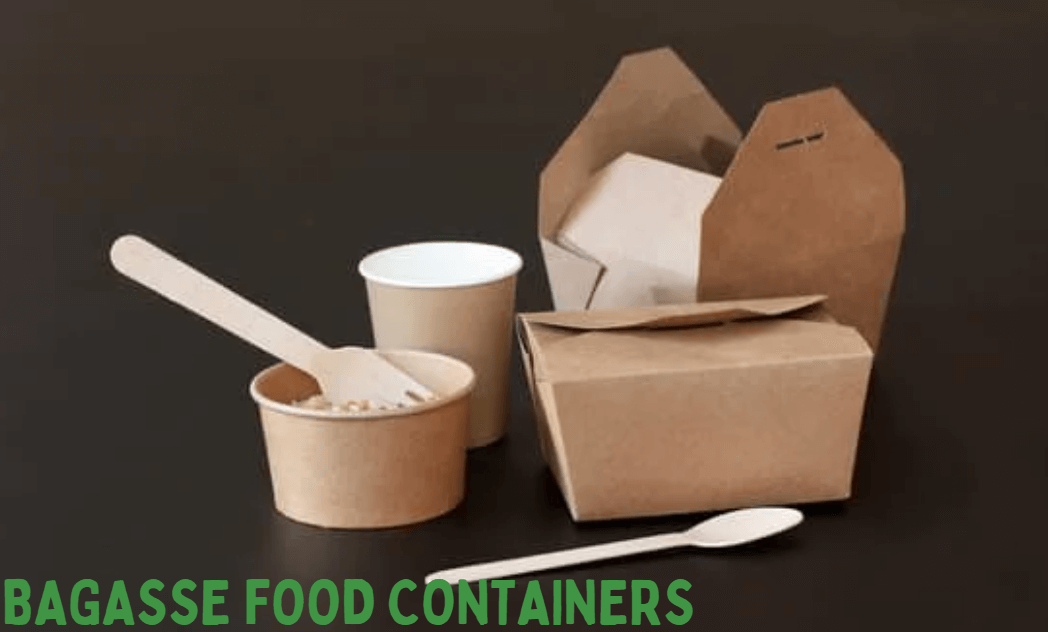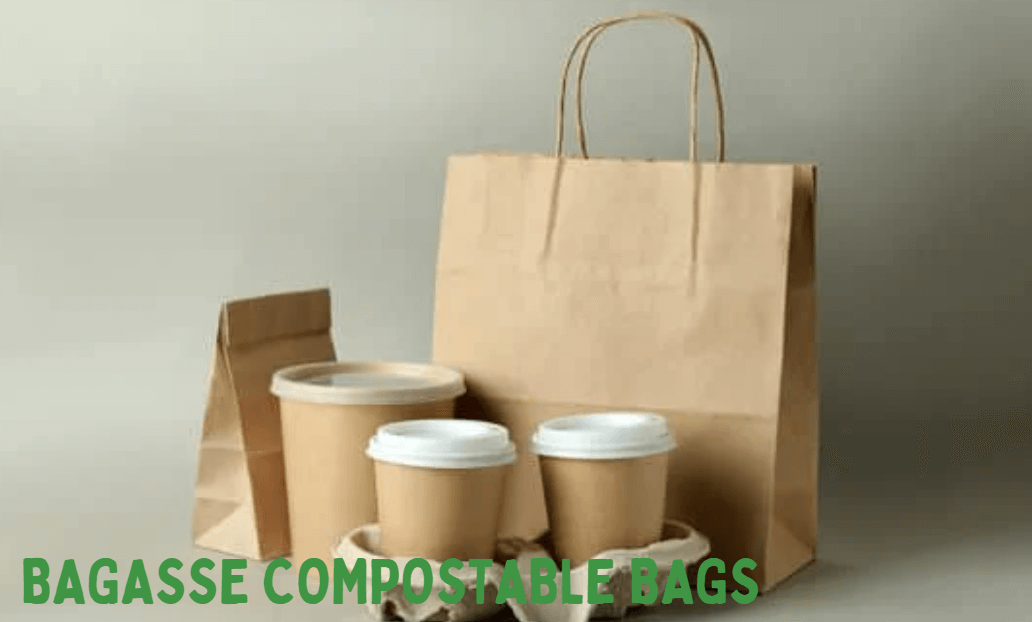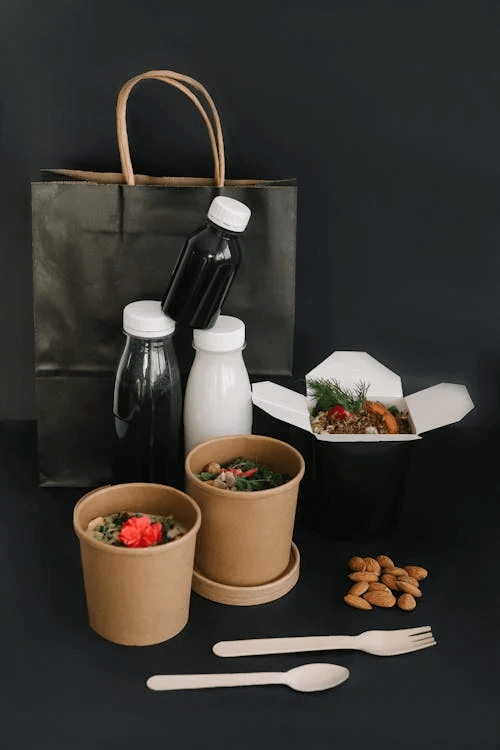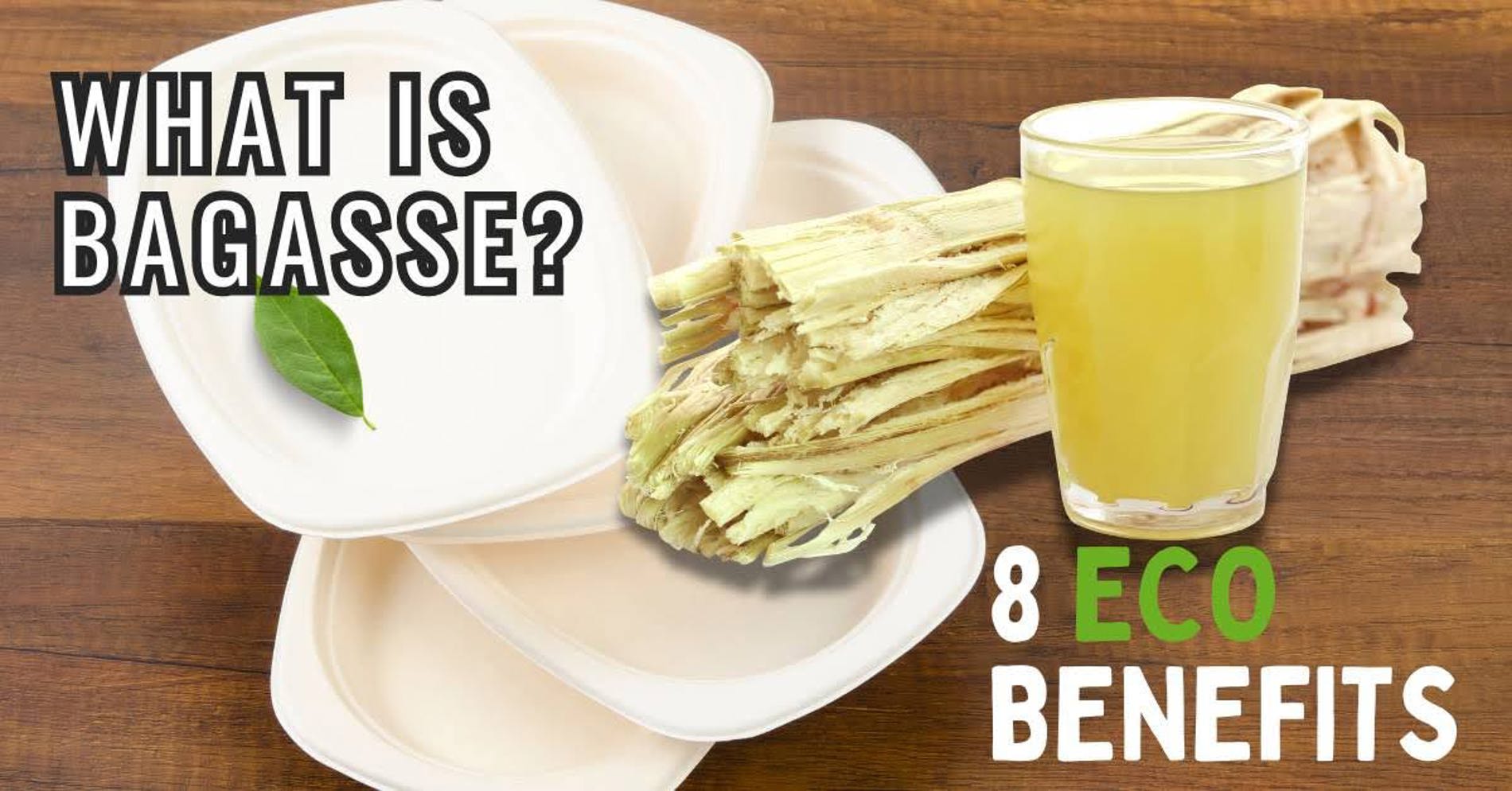
What is Bagasse? 8 Eco Benefits of Bagasse Packaging
Noelle Nicole Go Emiliano | May 03 2025What is Bagasse? 8 Eco Benefits of Bagasse Packaging
Ever wondered about bagasse and why it's gaining traction in the sustainable packaging sector? Known also as sugarcane pulp, bagasse is making significant inroads as an environmentally friendly alternative to traditional packaging materials like plastic.
If you’re looking for Bagasse and Sugarcane-Based Packaging for your restaurant, catering business, or any food business, it’s worth knowing what bagasse is and its 8 remarkable environmental benefits. Read on!
At B&P Wholesale, we proudly present an extensive selection of bagasse sugarcane food containers at wholesale prices. Our collection not only assures an environmentally conscious choice but also does so without compromising on style.
What is Bagasse?
Bagasse originates as a fibrous residue after sugarcane stalks are pressed to extract their juice. Once regarded as mere waste, this resilient material is now utilized as a renewable resource for crafting eco-friendly packaging solutions. Through a detailed production process, bagasse is transformed into robust, microwavable, and compostable products ideal for the food service industry.
Is Bagasse Compostable?
Yes, bagasse is both biodegradable and compostable, making it one of the most environmentally friendly materials in the food service sector. Unlike alternative materials which may impact the taste or aroma of food, bagasse packaging is odorless and neutral in flavor.
Additionally, it requires minimal energy from start to finish in its production, enhancing its eco-credentials as a fully biodegradable product with minimal environmental impact.
Is Bagasse Eco-friendly?
 Bagasse (Sugarcane Pulp) is an environmentally responsible plastic and paper alternative.
Bagasse (Sugarcane Pulp) is an environmentally responsible plastic and paper alternative.
Indeed, bagasse stands out as a sustainable alternative to plastics and traditional paper. It retains a high cellulose content (around 50%) and naturally appears brown, though it is often bleached for commercial use. The growth cycle of sugarcane is significantly shorter than that of trees, making it a swiftly renewable resource.
Bagasse Food Service Products Manufacturing
The demand for bagasse-based food packaging is rapidly growing, particularly among online grocery shopping outlets in the UK. These companies are adopting advanced manufacturing techniques to meet consumer needs efficiently. Here’s a breakdown of the manufacturing process typically involved in producing bagasse food packaging products:
Harvesting: Sugarcane is primarily harvested for its juice, which is extracted for sugar production.
Residue Processing: The remaining fibrous residue, bagasse, is kept moist and thoroughly mixed with water to create a pulp.
Molding: This pulp is then pressed into the desired shapes using high temperatures and pressure to form various packaging products, ensuring they are sturdy, microwavable, and compostable.
Eco Benefits of Bagasse Packaging
1. Home Compostable
One of the standout features of bagasse is its ability to break down in home compost setups. Unlike many other materials that require industrial composting facilities to degrade, bagasse can decompose in a home compost heap within 30-90 days.
This rapid decomposition helps to reduce landfill waste and produces nutrient-rich compost that can enrich soil without leaving behind any harmful residues.
2. Rapidly Renewable Resource
Sugarcane, the source of bagasse, is exceptionally fast-growing compared to trees, which are commonly used for traditional paper and wood products.
Sugarcane can be harvested annually, whereas trees may take decades to reach maturity. This rapid growth cycle makes sugarcane a highly sustainable crop, as it can be replanted and harvested in shorter cycles, significantly reducing the strain on natural forests and biodiversity.
3. Mitigating Deforestation and Carbon Emissions
Traditional timber production for packaging and other products has been identified as a major driver of deforestation. This practice not only strips the earth of its vital forests but also significantly contributes to the global carbon footprint.
Research indicates that timber production leads to the deforestation of approximately 380,000 hectares annually in critical areas around the world.
This level of deforestation is not just a loss of trees; it’s a major environmental concern because forests, particularly tropical ones, play a crucial role in carbon sequestration. When these forests are cut down, the stored carbon is released back into the atmosphere, exacerbating global warming. This release is equivalent to the emissions produced annually by approximately 600 million cars.
In stark contrast, sugarcane, the source of bagasse, presents a sustainable alternative.
Sugarcane fields can be harvested yearly without the need to clear more land, making it a rapidly renewable resource. This frequent harvest cycle reduces the need to fell trees for raw materials, thereby preserving forest ecosystems and maintaining their carbon capture capabilities.
Thus, by opting for bagasse products, industries can significantly reduce their environmental impact, lower their carbon emissions, and help combat the ongoing crisis of deforestation.
4. Circular Economy Supporter
Bagasse plays a critical role in the circular economy by turning what would otherwise be waste (sugarcane residue) into valuable products.
After these products have served their purpose, they can be composted and returned to the earth, closing the loop. This cycle reduces waste, minimizes the need for new raw materials, and supports a system of renewal and sustainability that benefits both the environment and the economy.
5. Low Carbon Footprint
The production of bagasse products involves significantly lower carbon emissions than the manufacture of many synthetic materials, particularly plastics derived from fossil fuels. The energy required to transform sugarcane residue into bagasse products is considerably less than what's needed to produce conventional plastics.
Additionally, because sugarcane absorbs carbon dioxide as it grows, the overall carbon footprint of bagasse products is further reduced.
6. Biodegradable and Compostable
Bagasse's natural biodegradability is a key environmental benefit. It does not require special facilities or conditions to break down, unlike plastics which can take hundreds of years to decompose and often leave microplastics behind.
Bagasse products, when disposed of properly, biodegrade and revert back to organic components that contribute to soil health without polluting the environment.
7. Enhances Brand Image
Businesses using bagasse products can significantly improve their sustainability credentials, appealing to a growing demographic of eco-conscious consumers.
By choosing bagasse, companies not only reduce their environmental impact but also align their brand with values of responsibility and care for the planet. This alignment can enhance brand loyalty, consumer trust, and overall brand image in a competitive market.
8. Versatility in Use
Bagasse is not limited to one type of product but can be used to manufacture a variety of items, from food containers and tableware to packaging and cutlery. Its ability to handle both hot and cold items, its resistance to moisture and grease, and its suitability for microwave and freezer use make it a highly versatile choice for consumers and businesses alike, further reducing the reliance on less sustainable options.
Benefits of Bagasse as Food Packaging
Bagasse food packaging offers numerous advantages that make it a superior choice compared to traditional materials. Here are the key benefits:
Thermal Resistance: Can safely hold hot foods up to 95 degrees Celsius, ideal for a wide range of culinary applications.
Microwave Safe: Suitable for reheating food, adding convenience for both restaurants and home users.
Durability: More robust and firm than Styrofoam due to its fibrous texture, making it a preferred choice for food packaging.
Refrigerator Safe: Keeps food safe and fresh until consumption, suitable for storage without quality degradation.
Insulation Properties: Retains heat for a longer time compared to paper and plastic containers, enhancing the food consumption experience.
Eco-friendly: Fully compostable, reducing environmental footprint significantly as they break down under the right conditions.
Moisture and Grease Resistance: Offers resilience against grease and moisture, maintaining integrity when in contact with various types of food.
Versatility: Suitable for both hot and cold food items, ensuring broad usability across different food service scenarios.
Bagasse Packaging Food Containers
1. Bagasse Straws
In response to the growing environmental concerns about plastic waste, particularly the distressing impacts on marine life like the widely publicized image of a sea turtle with a straw in its nose, bagasse straws offer a sustainable alternative. Unlike plastic straws, bagasse straws are fully compostable and do not become soggy like paper straws.
They maintain their integrity under a variety of conditions, making them suitable for both hot and cold beverages. These straws are gaining popularity for their durability, lack of flavor alteration, and their compostability, aligning with global moves towards reducing single-use plastics.
2. Bagasse Cutlery
The move towards sustainable dining solutions has brought bagasse cutlery into the spotlight. This cutlery is designed not only to be disposable but also robust enough for multiple uses.
Unlike traditional plastic cutlery, bagasse cutlery can withstand high temperatures without releasing harmful chemicals. It is also more rigid and ergonomic compared to other biodegradable options.
Companies are enhancing the thickness and strength of bagasse cutlery to offer a more durable, reusable option that stands up well to various types of foods, making it an ideal choice for both home use and large-scale catering needs.
3. Bagasse Food Containers
Bagasse food containers are becoming the go-to solution for eco-conscious consumers and businesses. These containers are available in a range of sizes and styles, including plates, bowls, and takeaway containers.
They are known for their ability to handle a wide range of temperatures, making them suitable for microwave use and freezer storage. The containers are resistant to grease and moisture, ensuring that they do not degrade when in contact with different types of food.
Their insulation properties also help in maintaining the temperature of the food, whether hot or cold, making them highly practical for both restaurants and home use.
4. Bagasse Reusable Cups
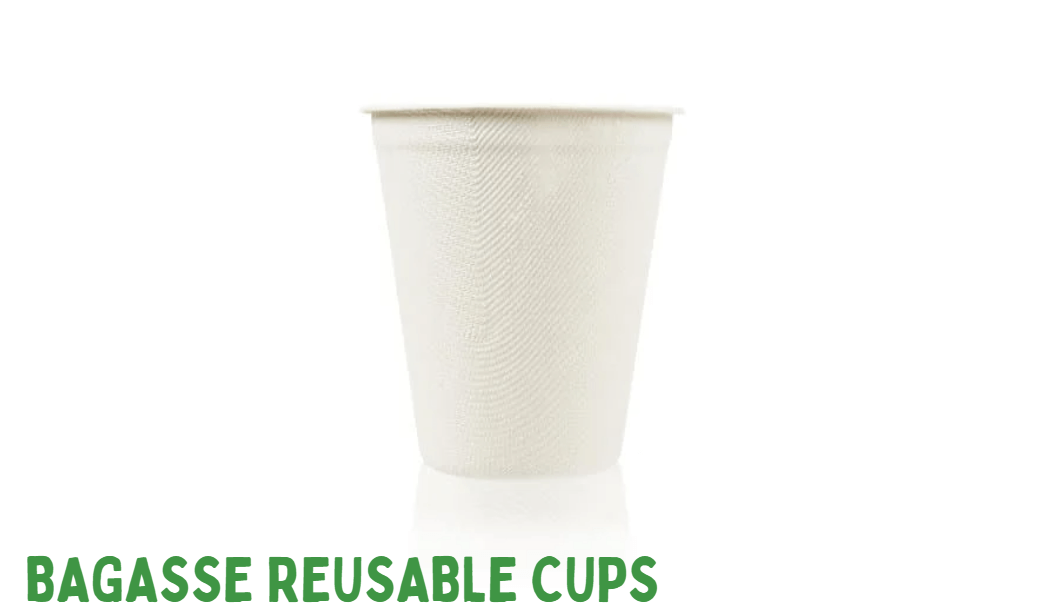
With the increasing scrutiny on disposable coffee cups, which are often lined with plastic, bagasse has emerged as a material for creating reusable cups.
These cups are designed for longevity, typically up to 18 months or more, and can handle a wide range of temperatures, from icy cold drinks to hot beverages. Bagasse cups do not alter the flavor of the drink, a common complaint with other materials, and they are fully compostable at the end of their life cycle.
Their robustness and thermal stability make them an excellent choice for both personal use and cafe settings.
5. Bagasse Compostable Bags
Bagasse is also being used to produce compostable bags as an alternative to plastic shopping bags. These bags are strong enough to handle the rigors of everyday use and are ideal for shoppers looking to reduce their plastic footprint. After use, these bags can be composted along with food waste, breaking down without leaving any harmful residues.
This makes them a preferred choice for environmentally conscious consumers and aligns with many regions' policies towards reducing plastic waste.
Why is bagasse better than plastic?
Bagasse represents a sustainable and renewable alternative to plastic, deriving from the fibrous residue left after sugar is extracted from sugarcane. Unlike Styrofoam and other plastics that pose environmental hazards, bagasse is sturdy and durable, making it highly suitable for a variety of applications including food packaging. This natural byproduct not only leverages waste from sugar production but also offers strength and durability that surpass many conventional packaging materials, promoting a shift towards more sustainable consumption practices.
Why do bagasse food containers make good tableware material?
Bagasse excels beyond traditional packaging roles, proving to be an excellent material for tableware and disposable containers. Its resistance to grease and moisture, coupled with the ability to withstand both high and low temperatures (up to 120°C), makes it ideal for serving a variety of hot and cold dishes. Such features ensure that bagasse-based products do not compromise on performance, offering businesses a sustainable choice without sacrificing quality.
Do bagasse products contain other chemicals?
Moreover, the safety of bagasse products is enhanced by their compliance with strict environmental regulations. Unlike some traditional food packaging materials, bagasse does not contain harmful chemicals such as perfluorooctanoic acid (PFOA), which are known for their adverse health and environmental impacts.
Notably, the use of PFOA in food packaging has been prohibited in the UK and EU since 2020, making bagasse an even safer choice for consumers and businesses looking to minimize their ecological footprint. Read more about PFOA chemicals and their ban here.
Does bagasse decompose?
Bagasse is not only fully compostable but also performs optimally in commercial composting facilities where it breaks down within approximately 45-60 days. To ensure effective composting, bagasse products should be collected separately from traditional packaging materials and processed under controlled composting conditions. This process allows bagasse to decompose into organic matter, returning it responsibly to the earth as nutrient-rich compost.
Achieving a Circular Economy with Bagasse
Bagasse plays a pivotal role in fostering a circular economy through its versatile applications and biodegradability. Once processed into a granular raw material, bagasse can be transformed into a variety of products that extend beyond conventional packaging, including:
Straws
Dining Utensils
Cups and Cup Lids
Stirring Rods
Toothbrushes
When these products are made without adding chemical substances such as non-natural dyes, they remain eco-friendly throughout their lifecycle. After their use, these items can be biodegraded naturally, decomposing back into the environment and enriching the soil with nutrients. This process not only reduces waste but also supports the sustainable growth of sugarcane, from which bagasse is derived.
Continuously planting and harvesting sugarcane for bagasse production helps maintain a regenerative cycle, ultimately contributing to a more sustainable and resilient agricultural model.
By leveraging bagasse in this way, industries can significantly reduce their environmental footprint, promoting a system where materials are reused and recycled continually.
Leading Bagasse Food Packaging Solutions in the UK
Among the leading suppliers of eco-friendly food packaging in the UK, B&P Wholesale stands out for its comprehensive and sustainable approach. Catering to a diverse range of food service needs, from takeaways to street food stalls and dessert shops, B&P Wholesale offers an extensive inventory of products made from sustainable materials, including sugarcane bagasse. Here are some of their key offerings:
Conclusion
In summary, bagasse represents a transformative solution in the realm of sustainable packaging. Its home compostability, rapid renewability, and eco-friendly attributes position it as a cornerstone of environmental stewardship. By embracing bagasse, businesses and consumers alike can contribute to a greener, more sustainable future. Let's choose bagasse and pave the way for a healthier planet.
